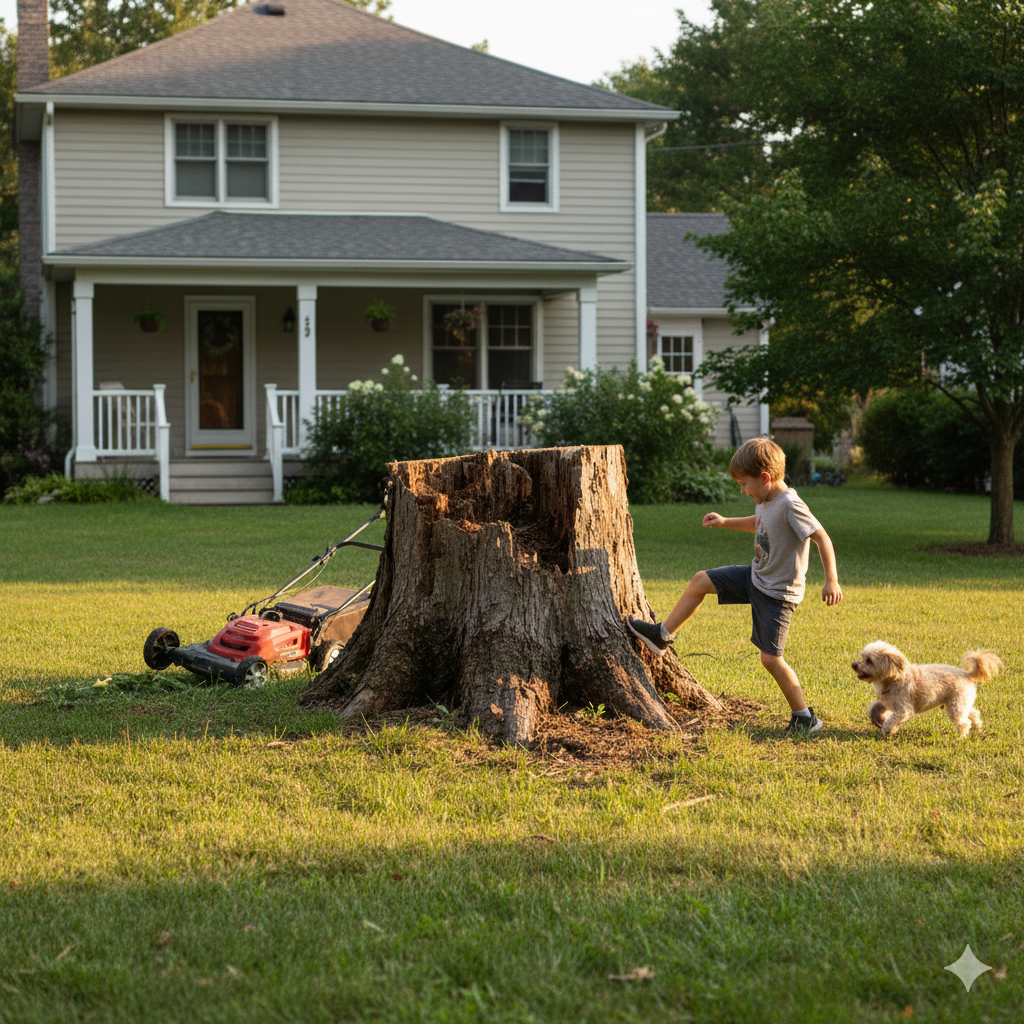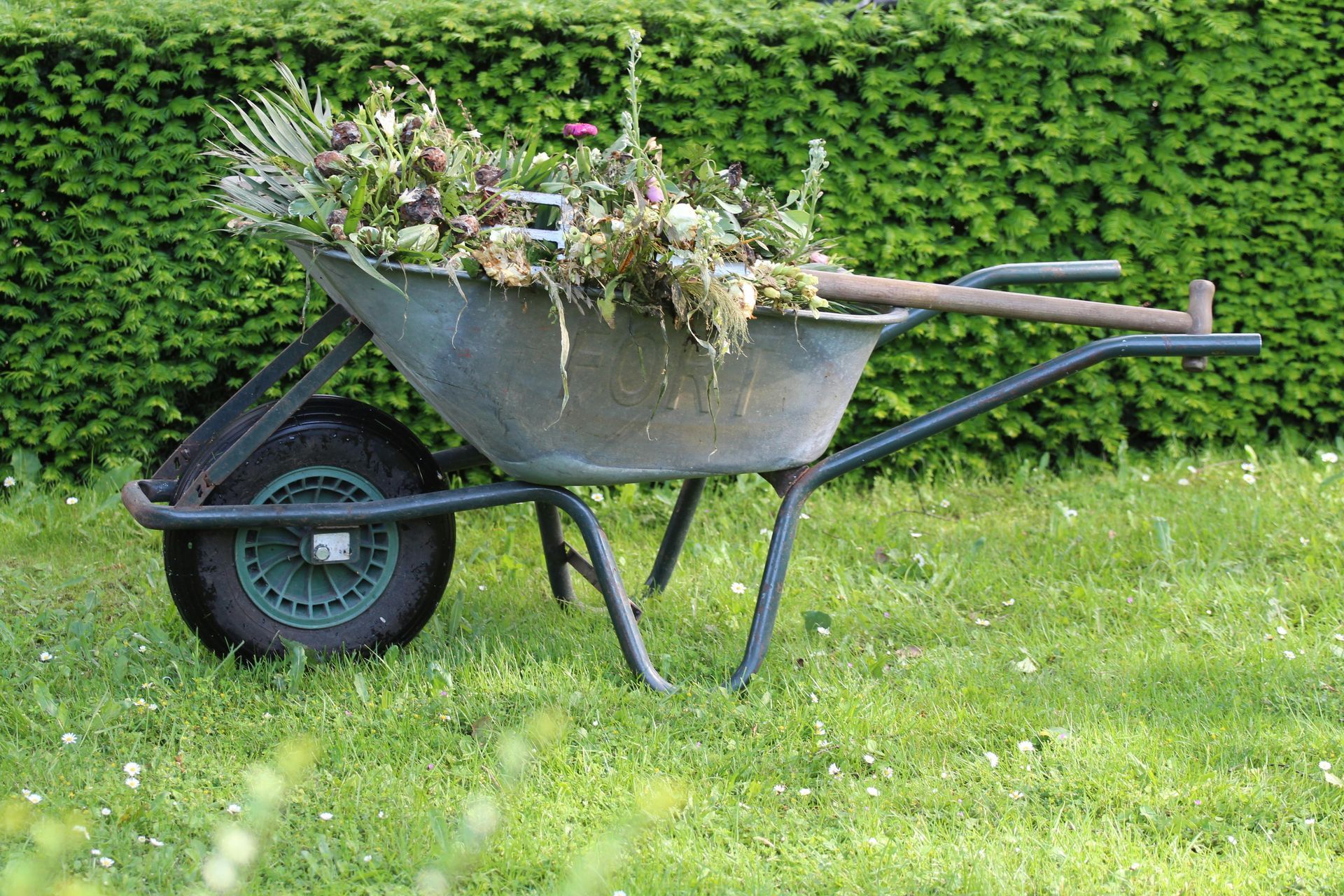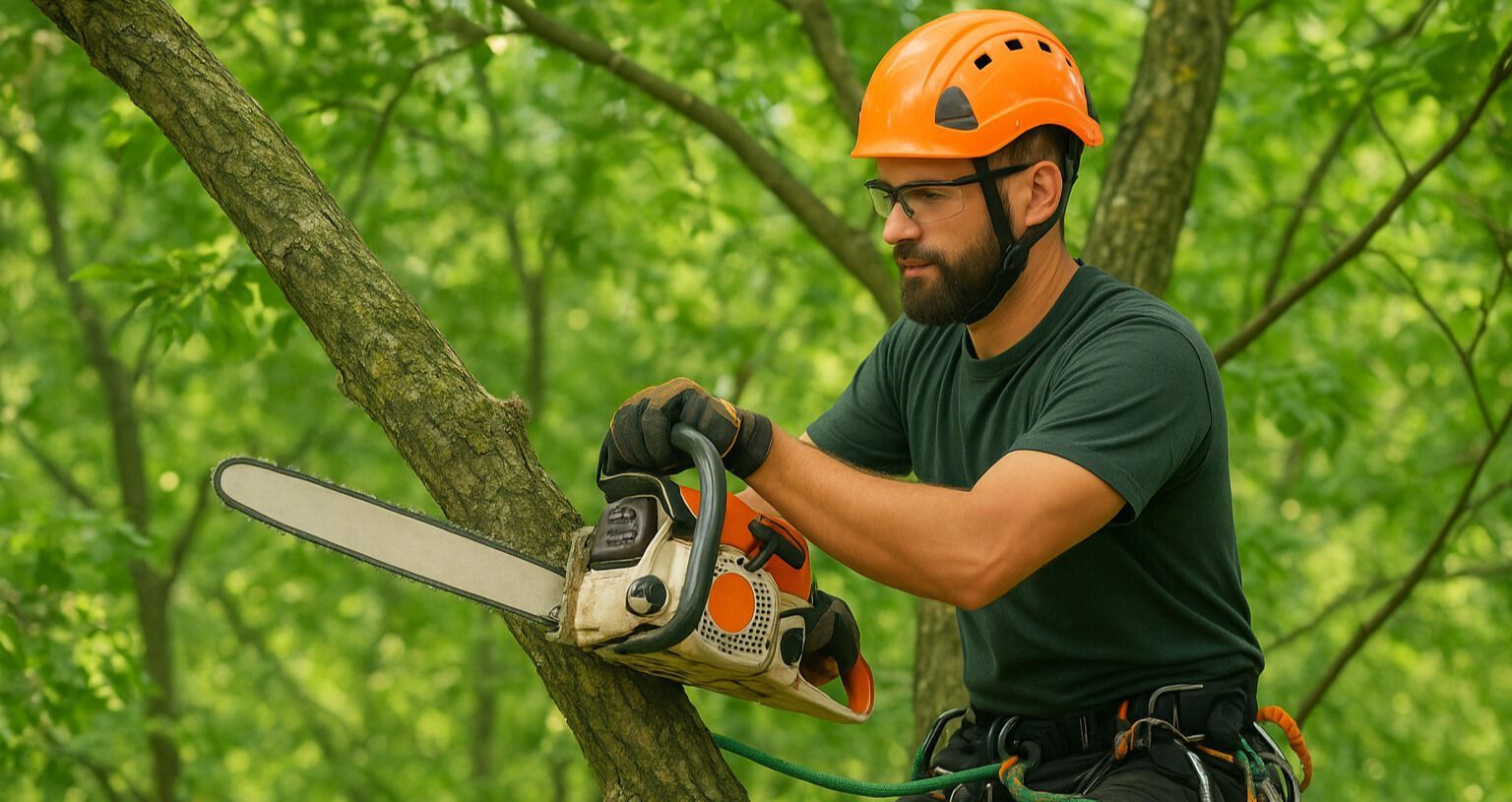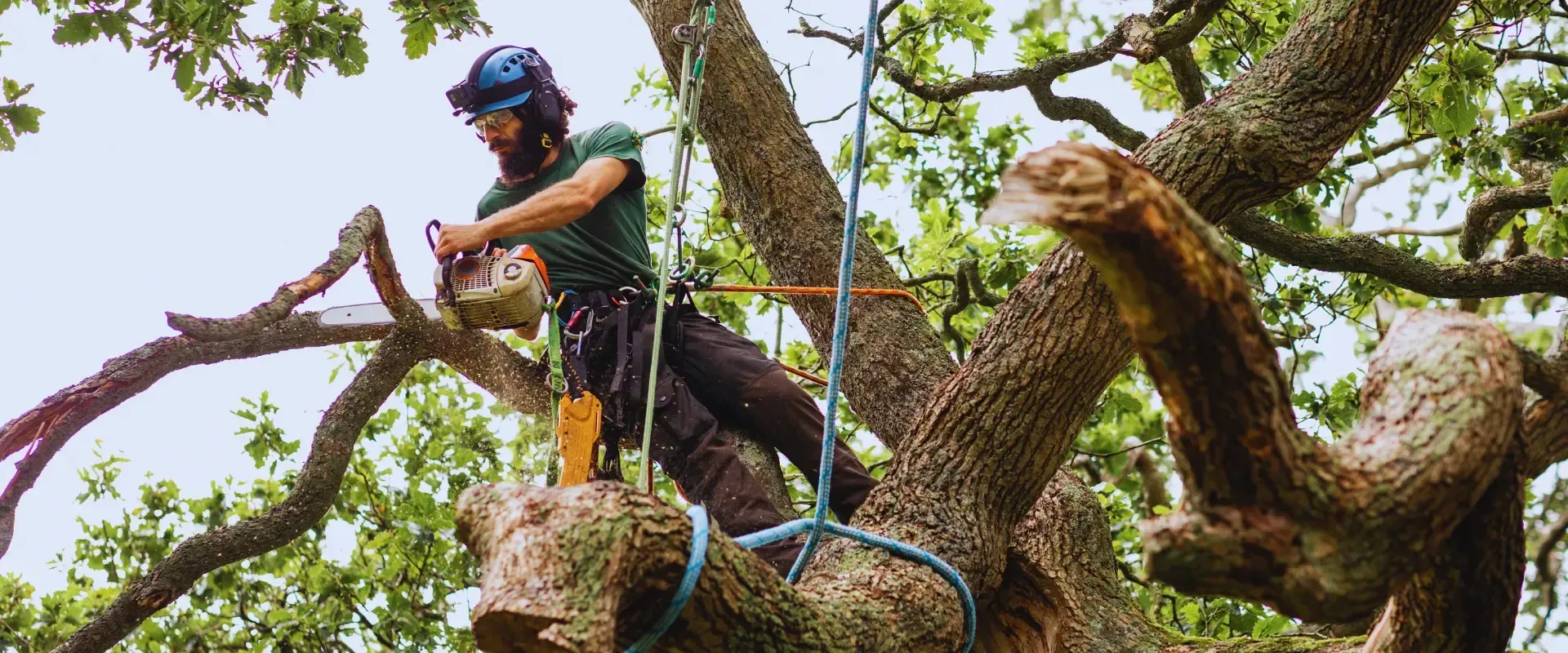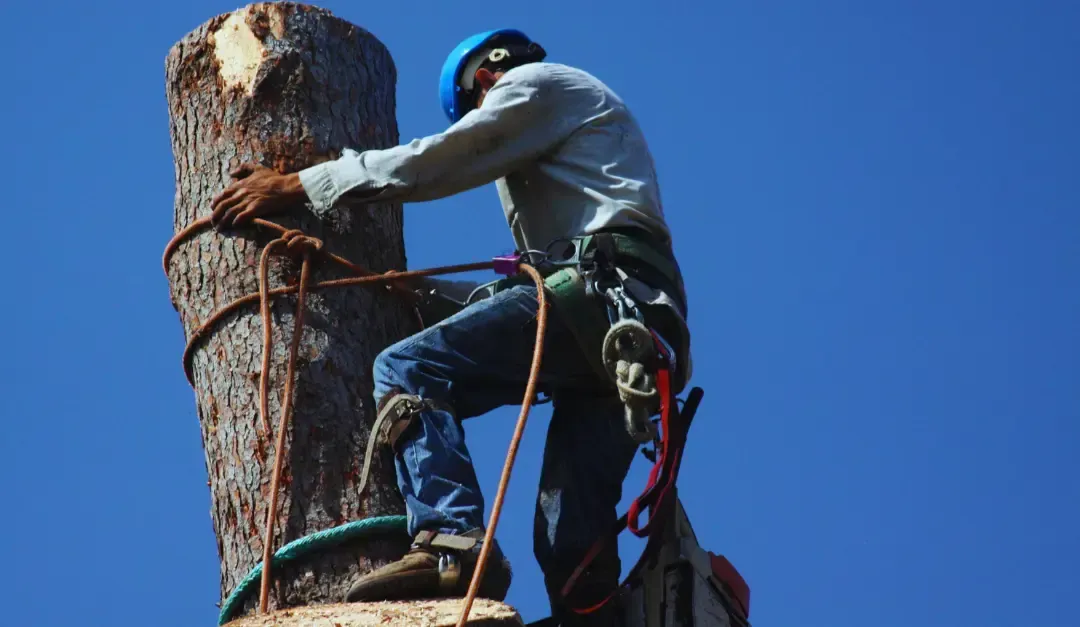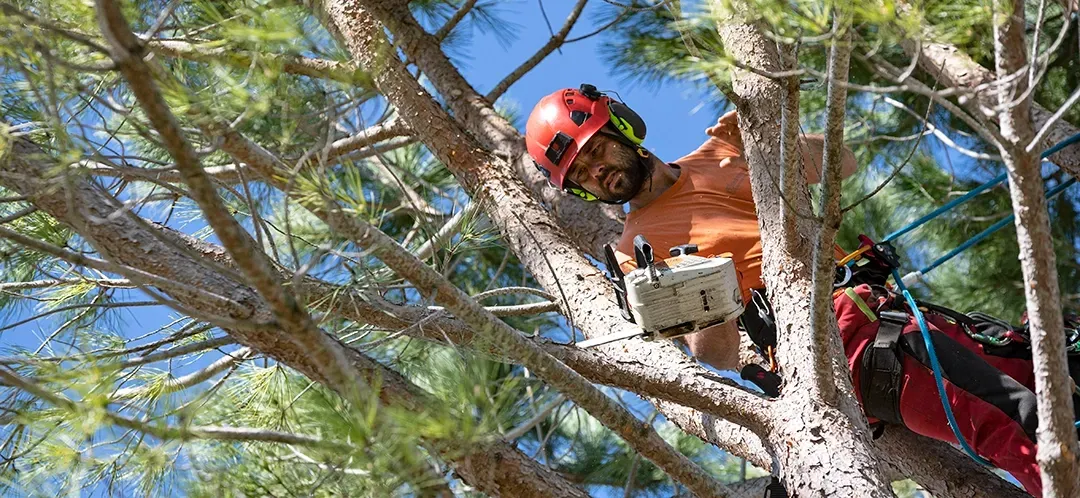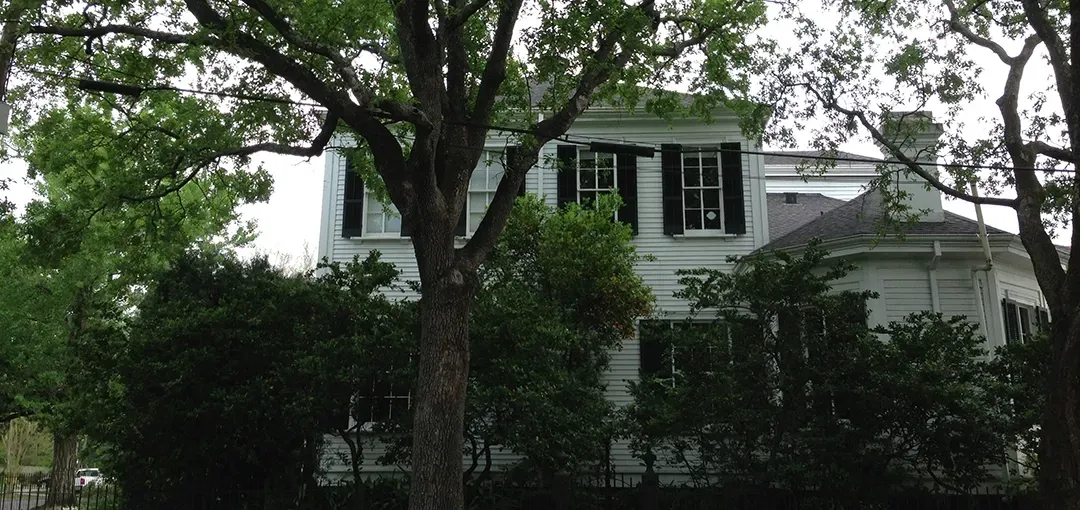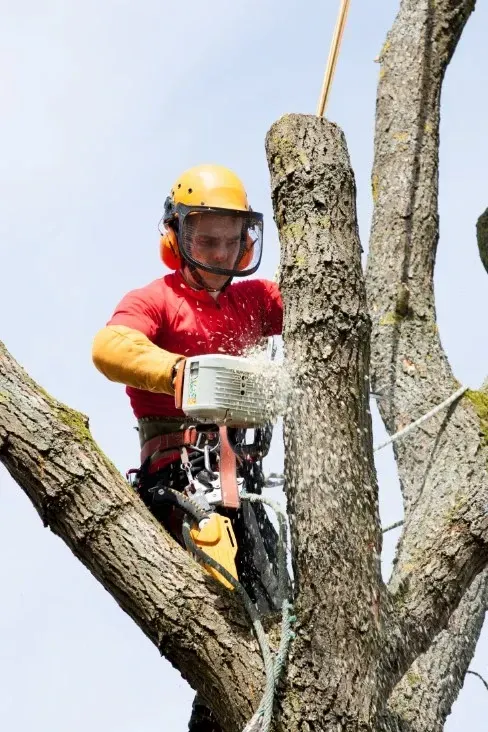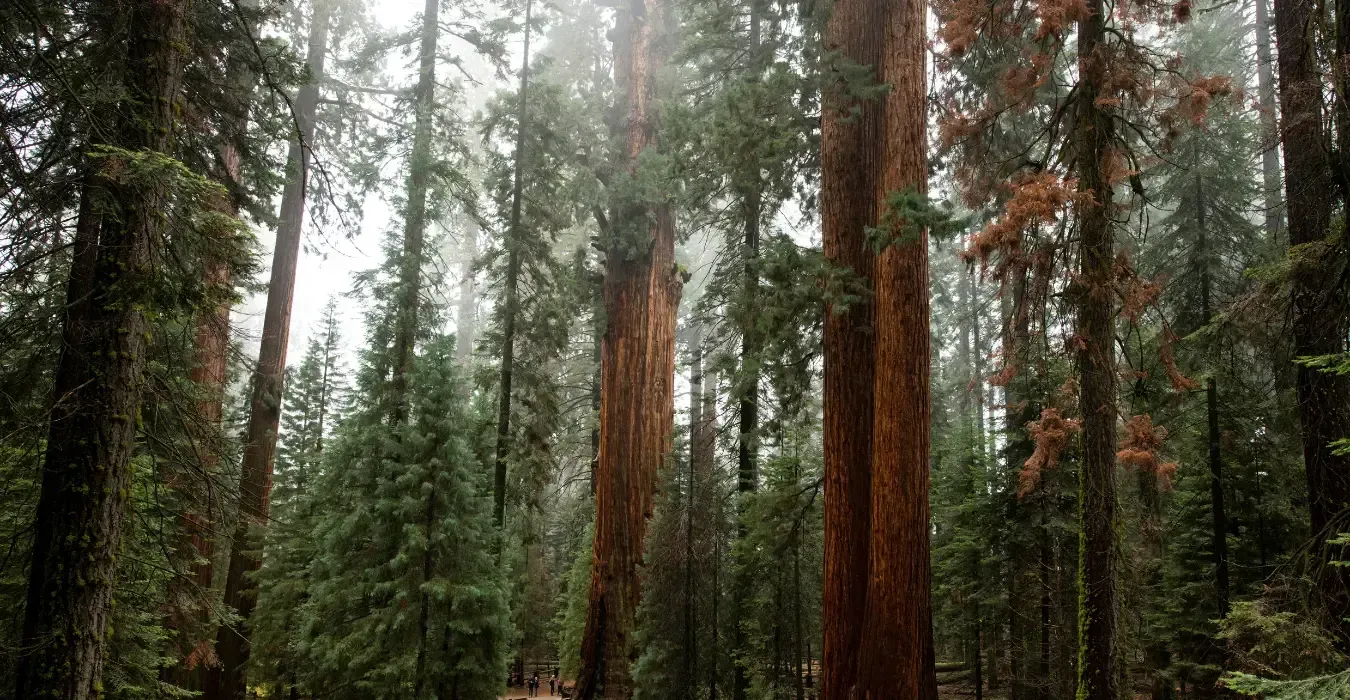How to Spot a Threatening Tree: Your Guide to Backyard Safety
Last summer, my neighbor Sarah had a terrifying wake-up call. During one of Southern California's infamous Santa Ana wind events, a massive eucalyptus tree in her front yard came crashing down – missing her house by mere feet. "I had noticed the tree leaning slightly," she told me, "but I never thought it would actually fall." Sarah's story isn't unique, and it highlights why knowing how to identify dangerous trees is crucial for every property owner.
Understanding the Risks of Dangerous Trees
Living in Southern California, we face unique challenges when it comes to tree care. Our climate, with its long dry spells followed by intense rains, can create perfect conditions for tree instability. As someone who's worked with trees for years, I've seen how seemingly healthy trees can become hazards overnight.
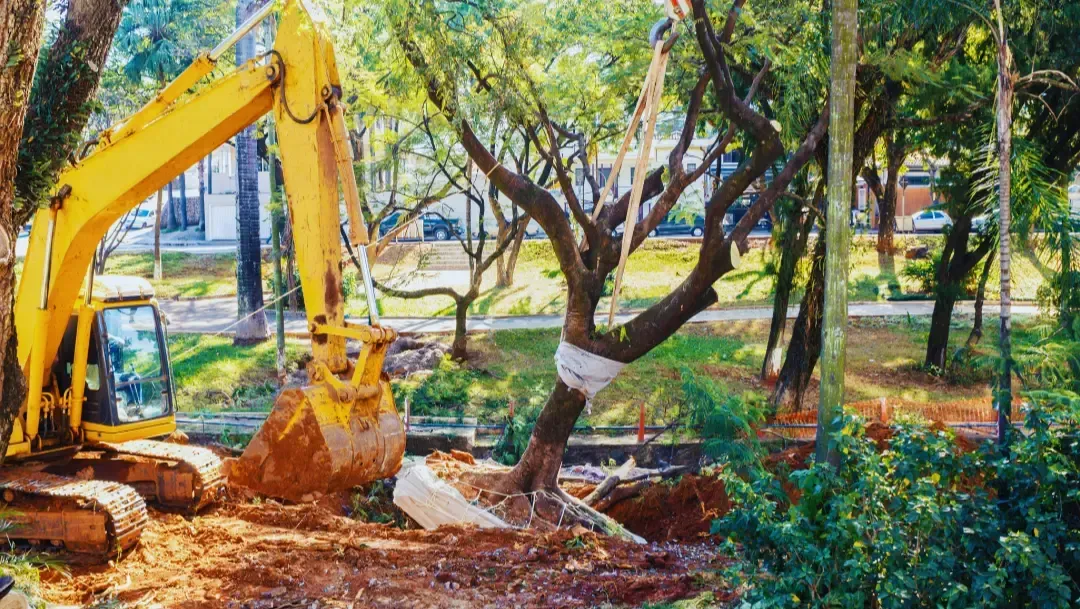
Common Tree Hazards in Southern California
- Drought-stressed trees
- Root damage from construction
- Disease-weakened structures
- Wind-damaged branches
- Soil erosion issues
The Impact of Local Weather Patterns
Our region's distinctive weather patterns play a significant role in tree health. Santa Ana winds can expose weaknesses in trees that might otherwise go unnoticed. During my experience in tree removal, I've observed how these winds can turn a slightly compromised tree into an immediate threat.
Legal Responsibilities of Property Owners
As a property owner, you're responsible for maintaining safe tree trimming. This includes regular inspections and necessary maintenance. I always remind my clients that prevention is much less expensive than dealing with property damage or liability issues.
Warning Signs of a Dangerous Tree
Visible Root Problems
- Exposed or damaged roots
- Fungi growing near the base
- Soil heaving or cracking
- Missing or decayed roots
- Recent soil grade changes
When examining roots, I look for signs that the tree's anchor system is compromised. Any exposed roots or fungal growth near the base could indicate serious problems.
Trunk and Bark Issues
The trunk is your tree's backbone. During emergency tree removal calls, I often find these warning signs:
- Deep cracks or splits
- Missing bark sections
- Fungal growth
- Lean greater than 15 degrees
- Multiple trunks with weak attachments
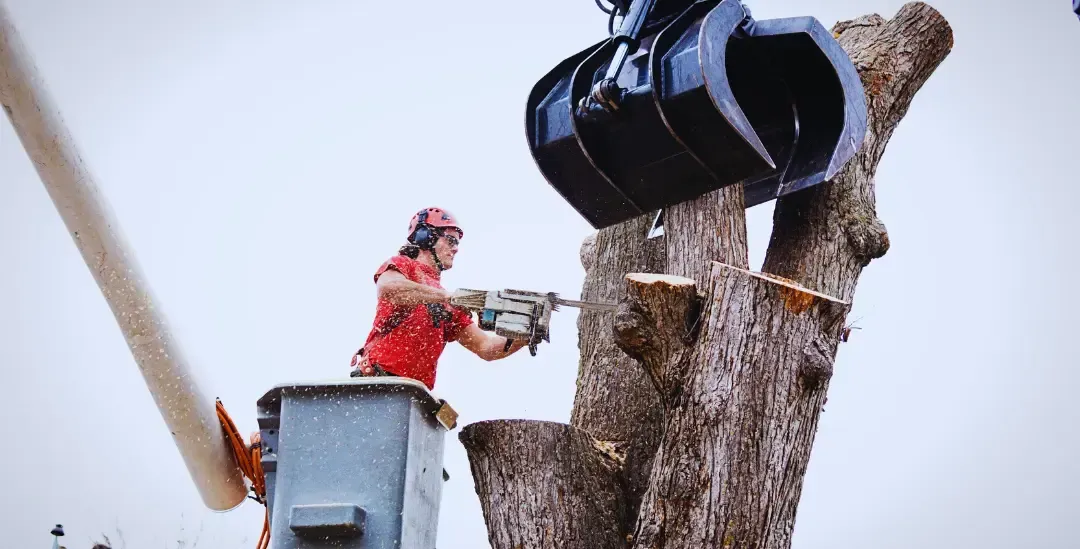
Concerning Branch Patterns
Dead or Dying Branches
Dead branches aren't just unsightly – they're dangerous. Look for:
- Branches without leaves during growing season
- Brittle or cracking branches
- Hanging or broken limbs
Crossed or Rubbing Branches
When branches cross and rub against each other, they can create weak points. This is especially problematic during our strong Santa Ana winds.
Uneven Growth Patterns
Trees should have relatively balanced growth. If one side is significantly heavier, it could indicate underlying problems.
Environmental Factors to Consider
Soil Conditions and Stability
Soil Type Risk Level Common Issues Clay Medium Poor drainage Sandy High Instability Rocky Low Root constraints Compacted High Root damage
Impact of Recent Construction
Construction within 50 feet of a tree can damage its root system. I've seen countless trees decline after nearby construction projects.
Disease and Pest Infestation Signs
- Unusual leaf patterns
- Insect evidence
- Fungal growth
- Bark abnormalities
When to Call a Professional
Some situations require immediate professional attention. Contact us if you notice:
- Sudden leaning
- Cracked or heaving soil
- Large dead branches
- Power line interference
- Multiple warning signs
Prevention and Maintenance
Regular maintenance is key to preventing tree hazards. As a certified arborist, I recommend:
- Annual professional inspections
- Proper pruning techniques
- Regular watering schedule
- Mulching and soil care
- Early intervention for problems
Emergency Response Plan
If you identify a dangerous tree:
- Keep people away from the area
- Document the condition with photos
- Contact a certified arborist
- Notify your insurance company if necessary
- Don't attempt DIY removal of large trees
Key Takeaways
- Regular inspections save lives and property
- Know your local weather risks
- Document tree conditions
- Maintain proper care schedules
- Have a professional contact ready
FAQ Section
Q: How often should I inspect my trees? A: I recommend monthly visual inspections and professional assessments annually.
Q: What's the best time for tree removal? A: While emergency removal can happen anytime, planned removals are best during late winter or early spring.
Q: How can I tell if a tree is dead? A: Check for multiple signs: no leaf growth in season, brittle branches, peeling bark, and fungal growth.
Q: Will insurance cover tree removal? A: Generally, insurance covers removal if the tree damages insured property. Preventive removal usually isn't covered.
Conclusion
Identifying dangerous trees isn't just about protecting property – it's about keeping our families and communities safe. As a proud member of the Southern California tree care community, I've seen how proper tree maintenance can prevent disasters. Remember, when in doubt, reach out to a professional. Your safety is worth the call.
Don't wait until it's too late. If you've spotted any warning signs mentioned in this guide, contact our team for a professional assessment. We're here to help keep your property safe and your trees healthy.
